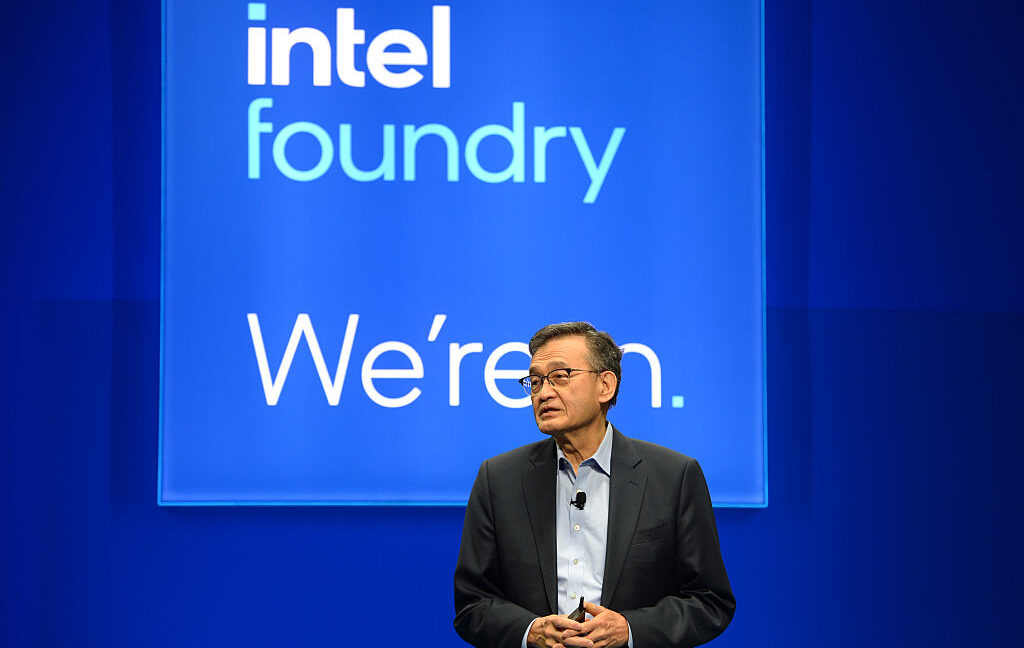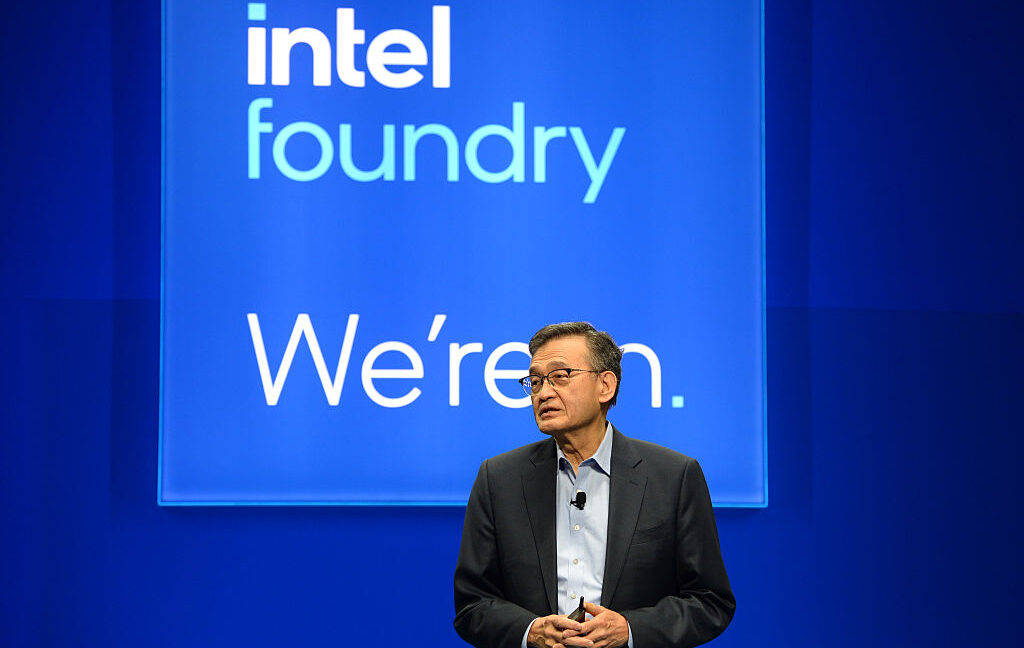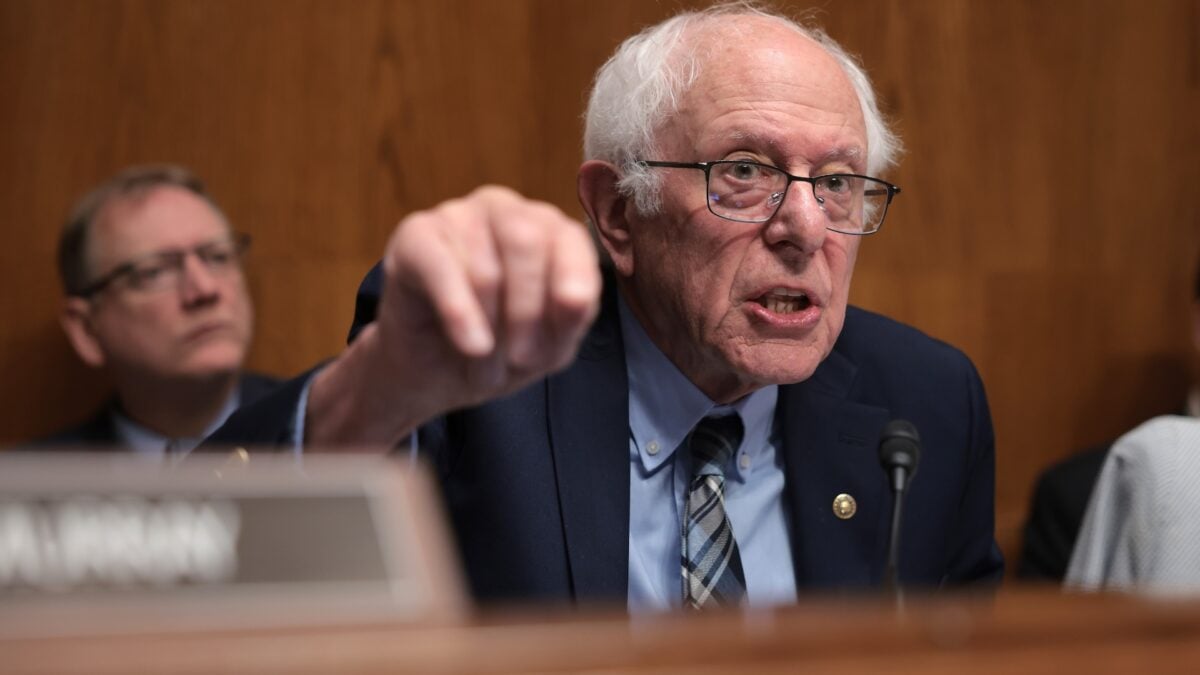Spaceflight Red Tape Overhaul: Who Stands to Benefit

In a bid to accelerate U.S. leadership in orbit, the White House has ordered a sweeping cleanup of commercial space regulations. The directive tells transportation and commerce officials to shorten licensing timelines, streamline environmental reviews, and stand up a clearer path for activities that current rules don’t neatly cover.
The Department of Transportation is being pushed to cut outdated or duplicative rules that slow launch and reentry approvals. Within DOT, the Federal Aviation Administration has been told to simplify or accelerate environmental assessments, smooth the way for building new spaceports, and designate a senior leader focused on driving innovation and deregulation.
At the same time, the Commerce Department is tasked with creating a mission authorization process for “novel” space activities—think in-space manufacturing, debris removal, or on-orbit refueling—that have struggled to find a home in existing oversight frameworks. The aim is to give emerging companies a predictable route to permission without years of bespoke negotiation.
Regulatory moves weren’t limited to process tweaks. On the same day, federal officials cleared out the membership roster of a long-running commercial space advisory committee, signaling a reset in how industry input will be gathered as new rules and priorities take shape.
For launch providers, the changes could be profound. Faster permitting and more consistent environmental review timelines would reduce costly schedule risk, particularly for companies flying frequently or scaling to larger vehicles. State-backed spaceport operators may see their buildout efforts accelerated if approvals and environmental work move in parallel and with firmer deadlines.
Startups developing capabilities beyond traditional satellite operations are also watching closely. A mission authorization lane at Commerce could give companies working on in-space pharmaceutical production or propellant depots a single point of contact and a clearer checklist, replacing a patchwork of case-by-case interpretations.
Industry groups quickly embraced the shift, arguing that inefficient permitting has discouraged investment and ceded ground to international competitors. They say fewer bottlenecks and clearer guidance will encourage more capital formation, higher launch cadence, and faster iteration cycles—key ingredients for maintaining an edge in space.
Environmental advocates see the picture differently. They warn that weakening or bypassing bedrock environmental laws would be reckless, arguing that spaceport expansions and heavy-lift test campaigns can meaningfully affect local ecosystems, air quality, and communities. In their view, current reviews are already stretched thin and need strengthening, not shortcuts.
Tensions have been mounting over how to balance rapid testing with environmental safeguards. High-profile programs have criticized what they describe as superfluous reviews and redundant consultations, while advocacy groups contend that some assessments fail to fully analyze cumulative impacts as required under national policy.
Uncertainties remain. Any attempt to compress reviews or reinterpret statutory requirements could face legal challenges. The newly reconstituted advisory group, once appointed, will help chart how far and how fast agencies move, and whether changes yield durable, court-proof processes.
Bottom line: Launch firms and spaceport developers are likely near-term winners if licensing and environmental steps become faster and more predictable. Companies pursuing novel missions could also benefit from a dedicated authorization pathway. But the durability of this regulatory reset will depend on how agencies balance speed with stewardship—and whether the new approach survives both court scrutiny and future administrations.



